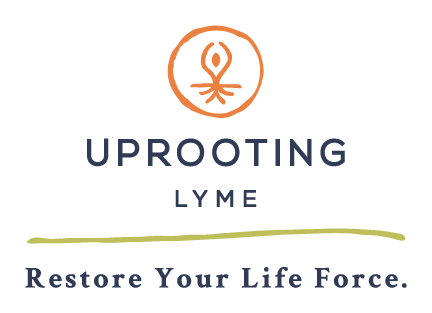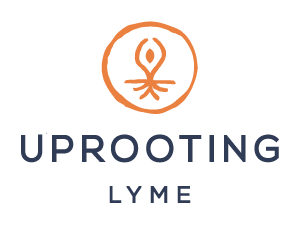
Is your Lyme patient getting better or worse? How to distinguish a healing crisis from a disease crisis.
At certain points during Lyme disease treatment, particularly when starting a new antimicrobial or detoxification protocol, your patient may experience a flush of die-off, and a great deal of symptomatology can be attributed to the toxicity that is released when the spirochetes (and other bacteria) die.
Sometimes patients suffer considerably more from die-off than the Lyme infection itself. The body wants to rid itself of the dead spirochete matter and accompanying toxicity, but when the organs and systems of the body, especially the liver, lymph and colon, are too congested and not functioning optimally, then it cannot efficiently rid itself of the die-off, and the patient will feel very sick indeed.

From they patient’s perspective, they are clearly feeling worse. They will assume this means that their health is also getting worse, that the disease is winning, and treatment is not working.
And you might share that concern. But is that what is actually happening?
Healing Crisis Vs. Disease Crisis
To be a good judge of the dynamic changes that occur throughout a healing process, it is important to understand the difference between a healing crisis and a disease crisis.
A healing crisis is a noticeable reaction triggered by too many toxins being released into the bloodstream at once.
Common symptoms include a temporary headache, dizziness, nausea, brain fog, weakness, fatigue, discharge, sneezing, skin eruption, ringing in the ears, coughing, or a reappearance of familiar past symptoms.
Healing crisis symptoms vary from person to person and may also vary depending on what specific kinds of toxins are being released into the blood. Heavy metal toxins, for example, often cause neurological and mood-related symptoms.
A disease crisis is the opposite of a healing crisis. It is an episode of further progression of a disease process. It is a demonstration of damage to cells and tissues, and results in diminished organ and metabolic function.
A disease crisis will be preceded by stress, poor lifestyle choices, lack of sleep, or recent exposure to a toxin or new infection. In contrast, a healing crisis will be preceded by detoxification and health-generating lifestyle choices, and often a period of feeling much better.

Supporting Your Patients Through the Ups & Downs of Treatment
The body, the organisms that infect it, and life itself are a convergence of adaptive complex systems.
There is a degree of unpredictability involved in the course of recovery from chronic stealth infections. When patients understand this it helps them to “go with the flow” with what unfolds through the course of treatment and ride the waves of change.
When treatment is based primarily on health generating practices, the patient can be confident that they are building their overall health despite the temporary ebb and flow of symptoms (feeling better, then temporarily feeling worse).
And as a practitioner you can feel confident that you are firmly rooted in the foremost tenet of medicine: “Do no harm.”
Interested in becoming a Holistic Lyme Specialist? Find out more about our year-long professional training, the Holistic Lyme Practitioner Mentorship.






Hi, I am interested in finding out about your 6 month uprooting Lyme treatment program. It looks like I have classic Bartonella symptoms and would like help in holistically dealing with them. Thank you
Hi Kenya! We only recently found many comments left on our blogs. So sorry. If you are still looking for help, just call our office at 845-687-6211 or email info@uprootinglyme.com and we can set up a consultation or a time to answer your questions.